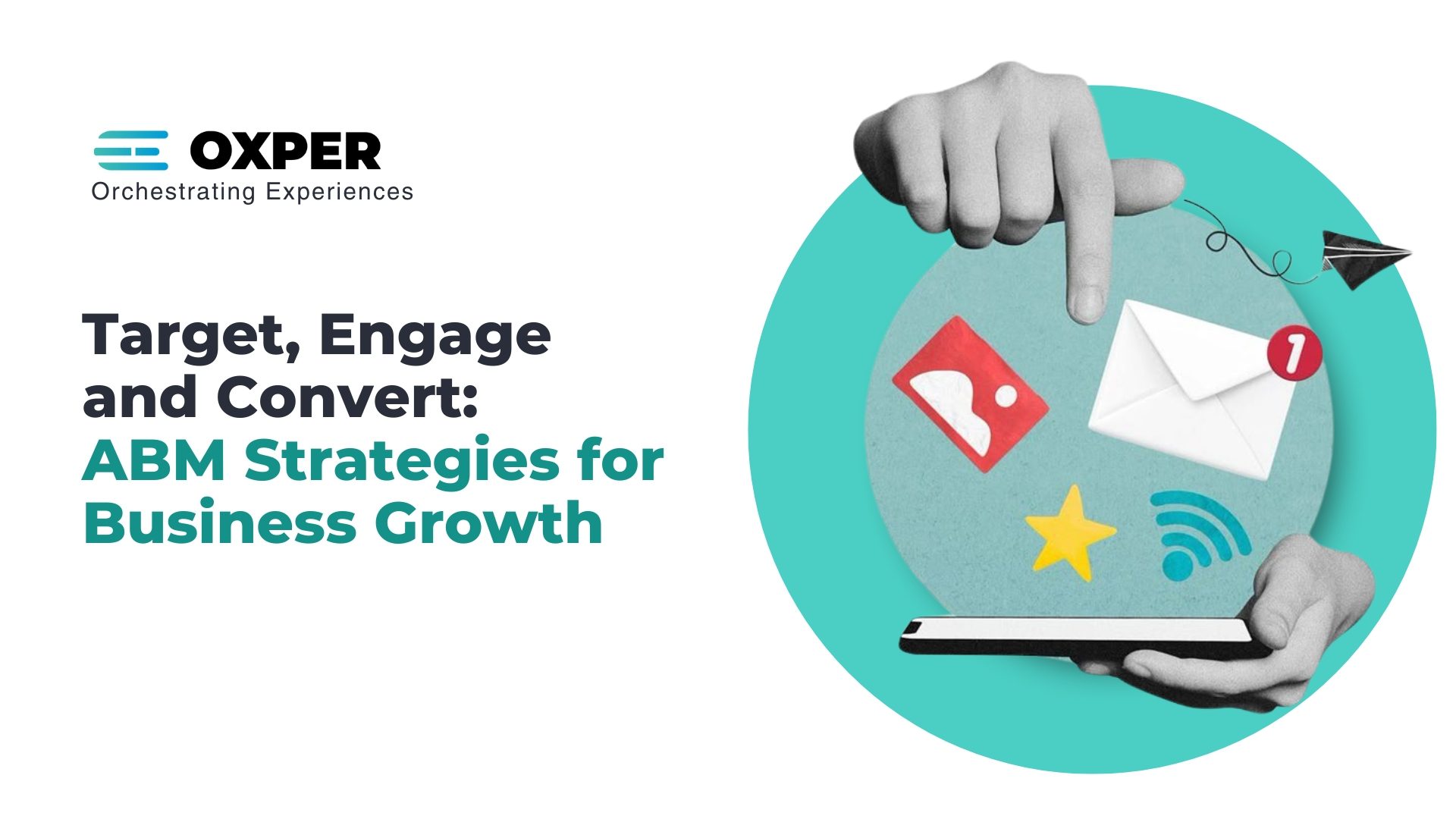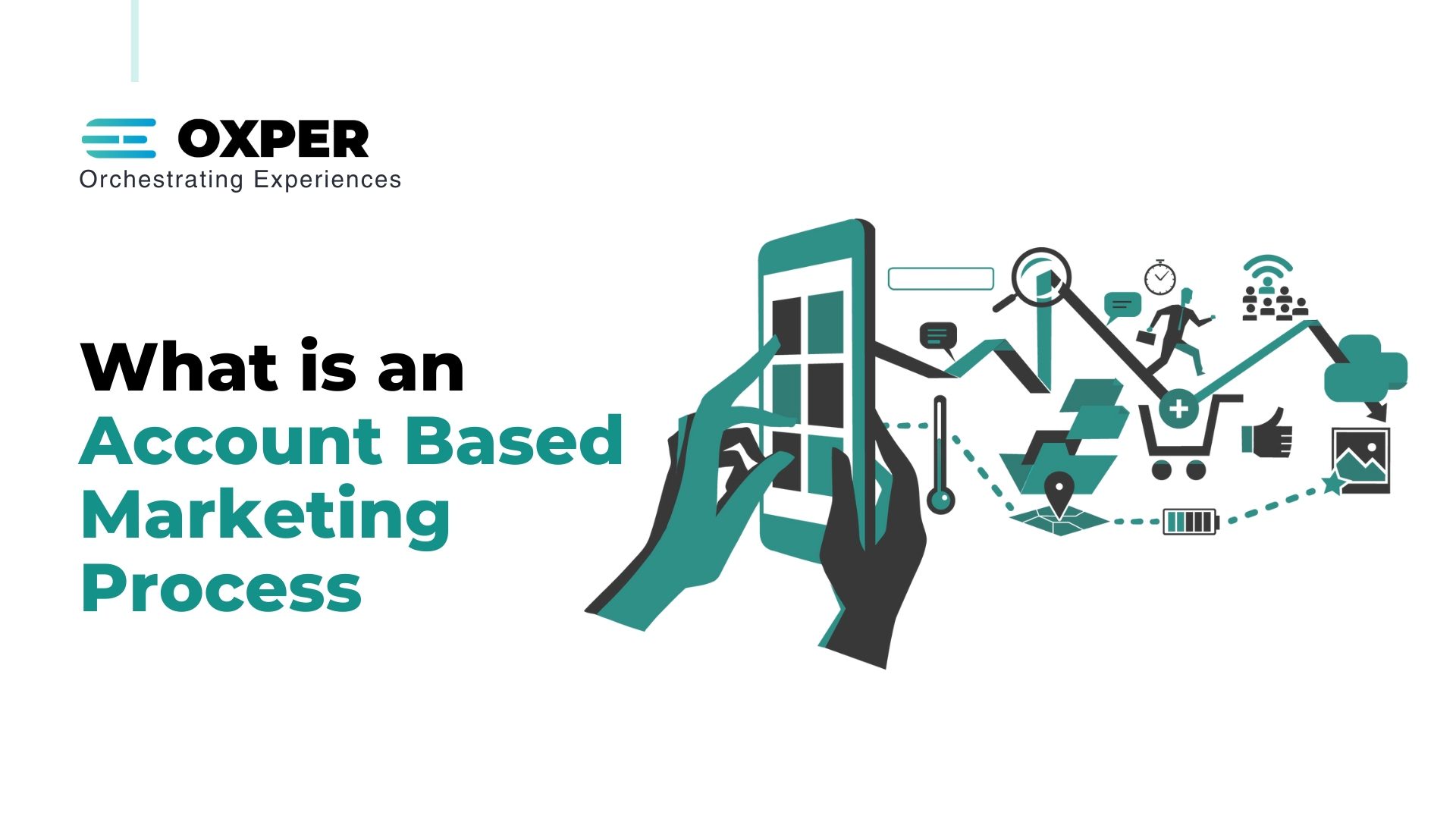Introduction
ABM strategy is the art of treating each account as a market of one.
It is not just a marketing strategy; it’s a mindset shift. It’s about focusing your resources and efforts on the accounts that hold the greatest potential for Marketing success in Manufacturing.
ITSMA reveals that account-based marketing companies leveraging ABM strategies generate 208% more revenue for their marketing efforts. ABM empowers b2b marketing agencies to forge powerful connections, drive growth, and make an indelible mark on the b2b marketing industry.

Identifying Ideal Target Accounts
- In the process of identifying ideal target accounts, businesses need a strategic approach to target accounts for maximum ROI.
- This involves leveraging data, conducting comprehensive market research, and utilizing customer segmentation.
- By analyzing factors such as company size, industry, revenue potential, and fit with your offerings, manufacturing businesses can prioritize accounts with the highest likelihood of conversion and long-term value.
- According to Aberdeen Group, companies that prioritize data-driven account selection achieve 38% higher sales win rates.
Engaging and Nurturing Target Accounts
- Personalized outreach plays a pivotal role in nurturing manufacturing target accounts.
- Experian reveals that personalized campaigns generate 6x higher transaction rates.
- By creating account-specific landing pages, tailored email campaigns, and personalized advertising, manufacturing businesses can forge meaningful connections with their target accounts.
- For instance, IBM’s personalized ABM strategies resulted in a 200% increase in conversion rates.
- Building one-on-one relationships through personalized abm strategies is key to capturing the attention and loyalty of valuable accounts.
Measuring and Optimizing ABM Campaigns
- It’s all about crunching the numbers and fine-tuning your b2b marketing strategies for maximum impact.
- Measuring and optimizing ABM strategies is essential for driving success and achieving desired outcomes.
- Key metrics to track include account engagement, conversion rates, and revenue impact to make data-driven optimizations.
- FlipMyFunnel shows that companies using ABM generate 208% more revenue for their marketing efforts.
- As a proven tactic, By adopting ABM, Acme Manufacturing, as per their official reports, increased their revenue by 25% within one year.
Overcoming Common ABM Challenges
Although Account-Based Marketing (ABM) is a very personalized and results-focused marketing strategy, there are some challenges to effective ABM strategies. To be clear, understanding what an ABM strategy is just the beginning; the execution will come with its own struggles.
Here are some of the common challenges a company can face, plus some ways to get around them:
1. Sales and Marketing Teams Are Misaligned
The biggest hurdle in effective ABM marketing strategy execution is that the sales and marketing departments are not aligned. ABM thrives on collaboration; when the sales and marketing teams are not working toward the same vision and communicating consistently, the campaigns do not have a chance to gain traction. To get past misalignment create one carrying goal, KPI, and agree on regular syncs to keep both teams informed and engaged.
2.Finding, Identifying, and Prioritizing High-Value Accounts
You need to realize that not every account is a good fit for your ABM endeavors. The challenge for many companies is figuring out what a “high-value” account is defining it. To overcome this hurdle, you need to create a solid Ideal Customer Profile (ICP) that makes use of firmographic, technographic, and behavioral information that is able to sustain your ABM strategy.
3. Data Reliability and Integration Challenges
Data is the primary vehicle by which stakeholders engage buyers in a personalized manner. Unfortunately, limitations such as poor data quality or disparate technology stacks limit personalization benefits and effectiveness of your ABM marketing strategy. However, there are a variety of solutions available for monitoring data hygiene, integrating customer relationship management (CRM) tools, or leveraging a central engagement data management platform, all aimed at generating accurate and applicable insights.
4. Personalization Scalability
When you reach the scaling wall, many ABM marketers start to question – is this the true marketing strategy? Personalized approaches are resource intensive by nature. A key solution is segmenting your accounts into tiers or categories, along with deploying automation tools so that you can scale the amount of personalized content delivered while retaining relevance.
5.There is a Challenge in Measuring ROI and Success
Measuring ABM campaigns can be difficult, and even more so if the buying cycle is long, in total opposite to measuring performance that has been benchmarked. For even greater effectiveness when measuring an ABM marketing campaign’s impact, metrics should relate to campaign goals that have significance to your ABM executions (i.e. engagement amount and level of engagement by account, engagement with platform, funnel velocity through pipeline, influence on progression of winning the deal).
By preemptively accounting for issues associated with ABM execution, organizations can optimize their ABM marketing strategy and effectively capitalize on the impactful nature of account-based marketing.
Conclusion
In a world of endless manufacturing marketing possibilities, ABM stands tall as the champion of personalized targeting, genuine connections, and unstoppable growth.
By treating each account as a market of one, Marketing Professionals can create meaningful relationships and drive exceptional results.
“You don’t build a business. You build people, and then people build the business.” And, ABM strategy is the perfect medium to build the people.
With Oxper, the account-based marketing agency based in Gurugram to lead the way, navigate the route to unrivaled success, where every account becomes a success story waiting to happen. There’s no better time to embark on something extraordinary — it begins with a simple conversation.
FAQS
1. What is an ABM strategy?
An ABM (Account-Based Marketing) strategy is a highly focused B2B marketing approach where marketing and sales teams work together to identify high-value target accounts and create personalized campaigns for each account. Instead of casting a wide net, ABM aligns efforts around specific companies or decision-makers within those companies to drive engagement, conversion, and revenue.
2. How does ABM differ from traditional marketing?
ABM differs from traditional marketing in its precision and personalization:
- Traditional marketing targets broader audiences using generalized messaging.
- ABM narrows down the focus to individual accounts and delivers tailored content and outreach based on the unique needs and pain points of each account.
While traditional marketing aims for volume and reach, ABM emphasizes quality and relevance to close high-value deals faster.
3. Why is ABM important for B2B marketing?
ABM is especially valuable in B2B because:
- It aligns sales and marketing for better conversion and ROI.
- It focuses efforts on high-value accounts, increasing deal size.
- It enables personalized experiences that resonate more with decision-makers.
- It reduces waste by targeting companies most likely to convert, rather than appealing to a broad, less-relevant audience.In short, ABM improves efficiency, boosts engagement, and shortens sales cycles—critical factors in complex B2B sales.
4. How do you identify ideal target accounts in ABM?
To identify ideal target accounts, start with your Ideal Customer Profile (ICP)—a representation of companies that would benefit most from your offering and provide the highest value in return. You can then:
- Analyze your best existing customers.
- Use firmographic data (industry, size, revenue).
- Leverage intent data to find companies actively researching your solutions.
- Collaborate with sales teams to spot strategic opportunities or named accounts.
5. What data points are crucial for selecting target accounts?
Key data points include:
- Firmographics: Company size, industry, revenue, location.
- Technographics: Tools and technologies the company uses.
- Intent Data: Online behavior indicating interest in your product category.
- Engagement History: Past interactions with your brand (emails, webinars, site visits).
- Buying Signals: Job changes, funding rounds, company expansion.
- Fit Scores: How closely an account aligns with your ICP.
These data points help ensure you’re targeting accounts with both the need and the potential to convert.





